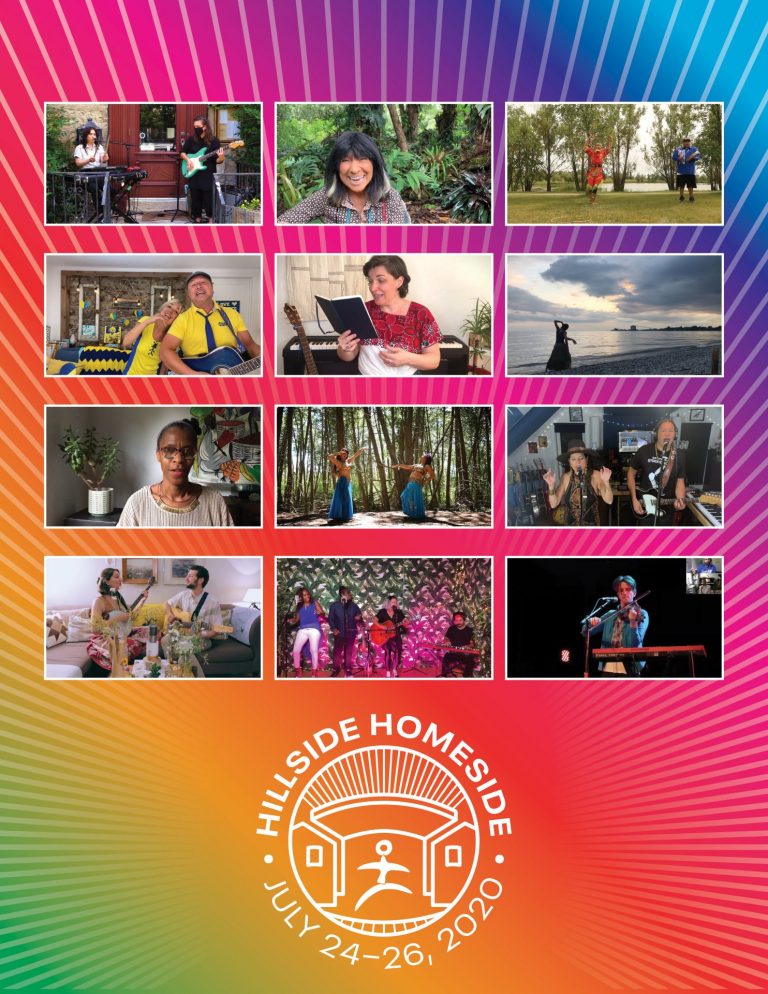Marie Zimmerman is the Executive Director of the Hillside Festival, a not-for-profit music and arts festival based in Guelph, Ontario. With equality, creativity, and sustainability at the core of their mission, Hillside strives to be an inclusive, communal celebration of the arts that empowers local artists and demonstrates environmental leadership. As the global pandemic raged on for most of 2020, and now into 2021, Hillside faced many challenges, but Marie Zimmerman shares how she and her team sustained the festival in an online world.



